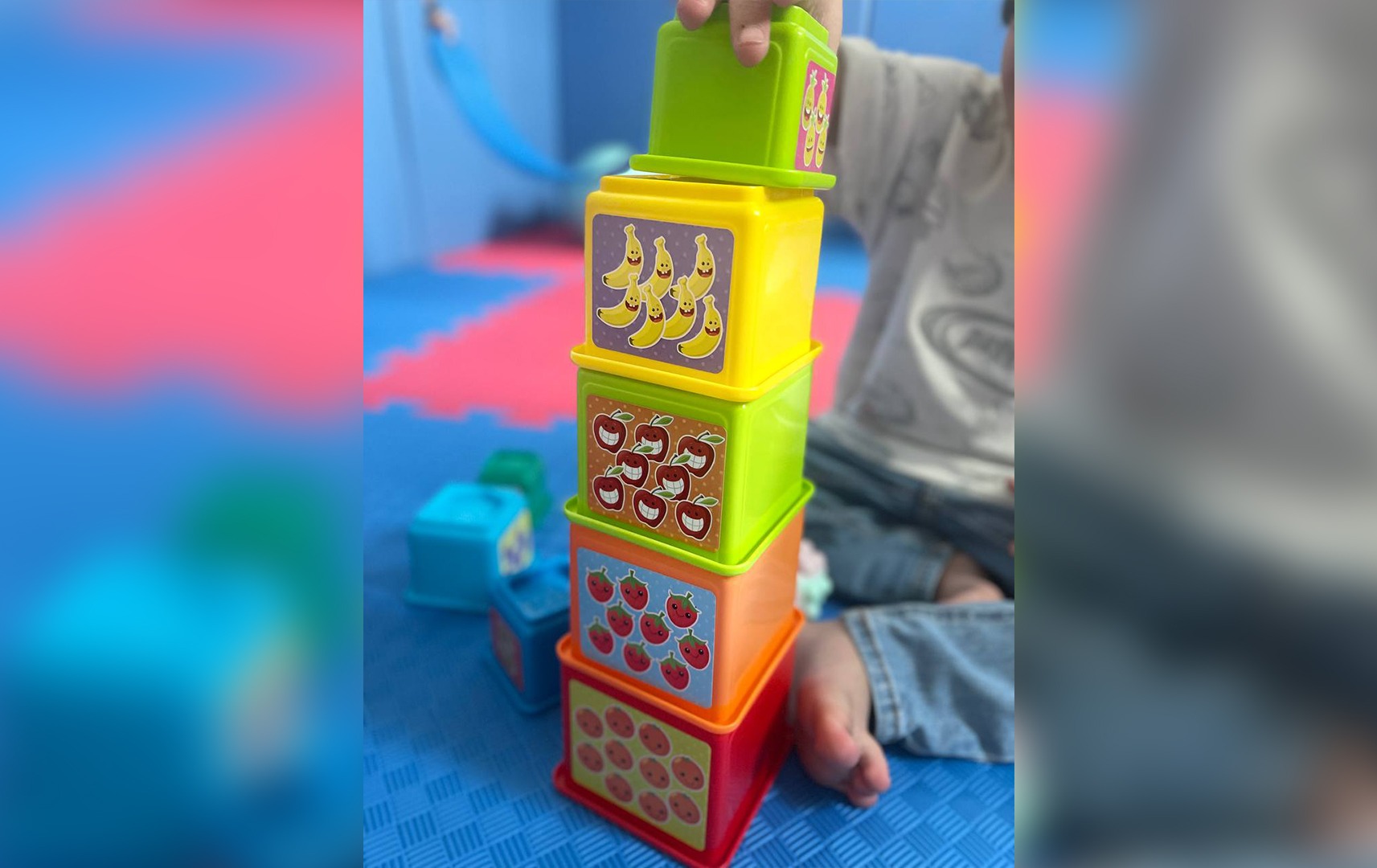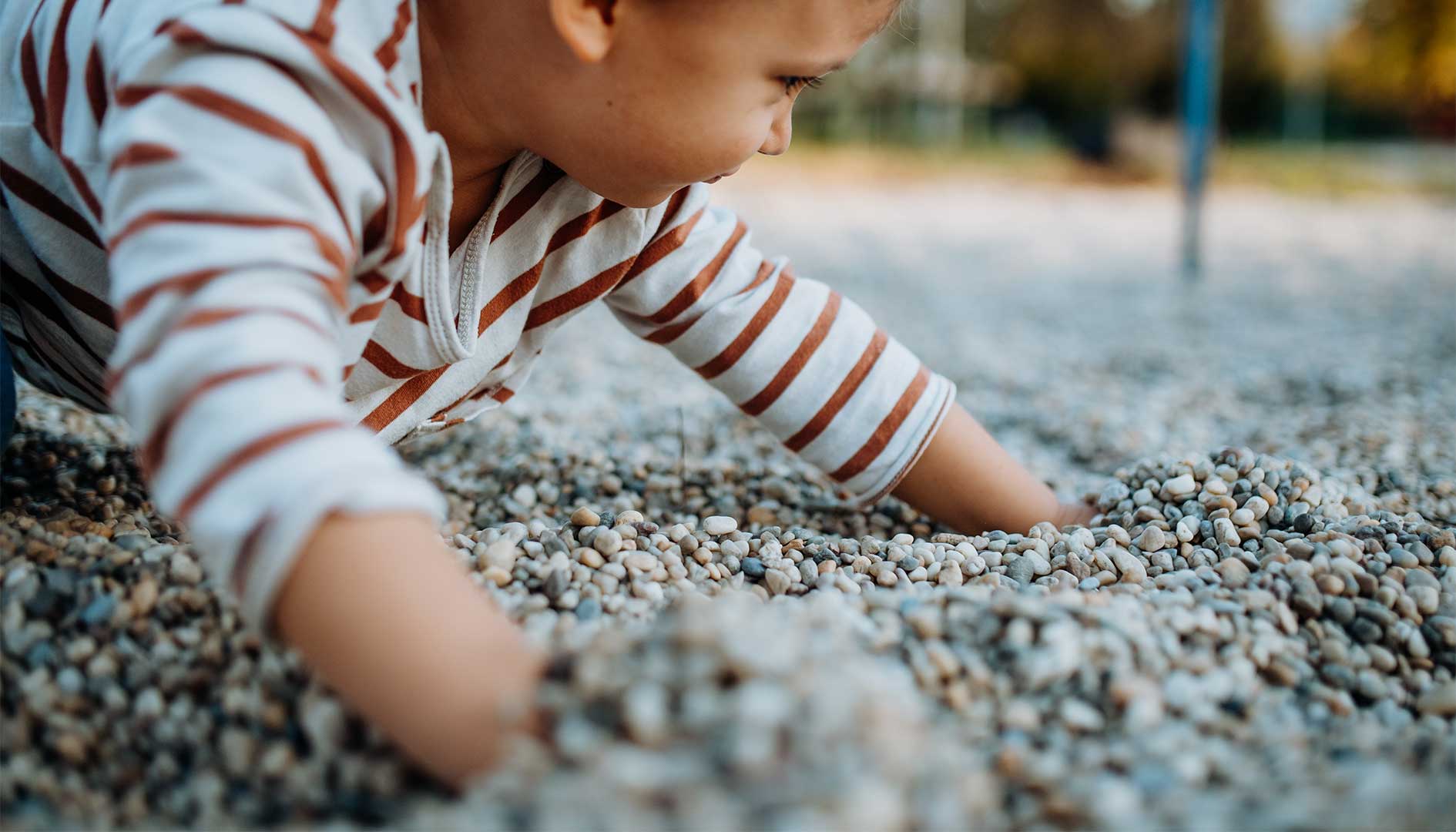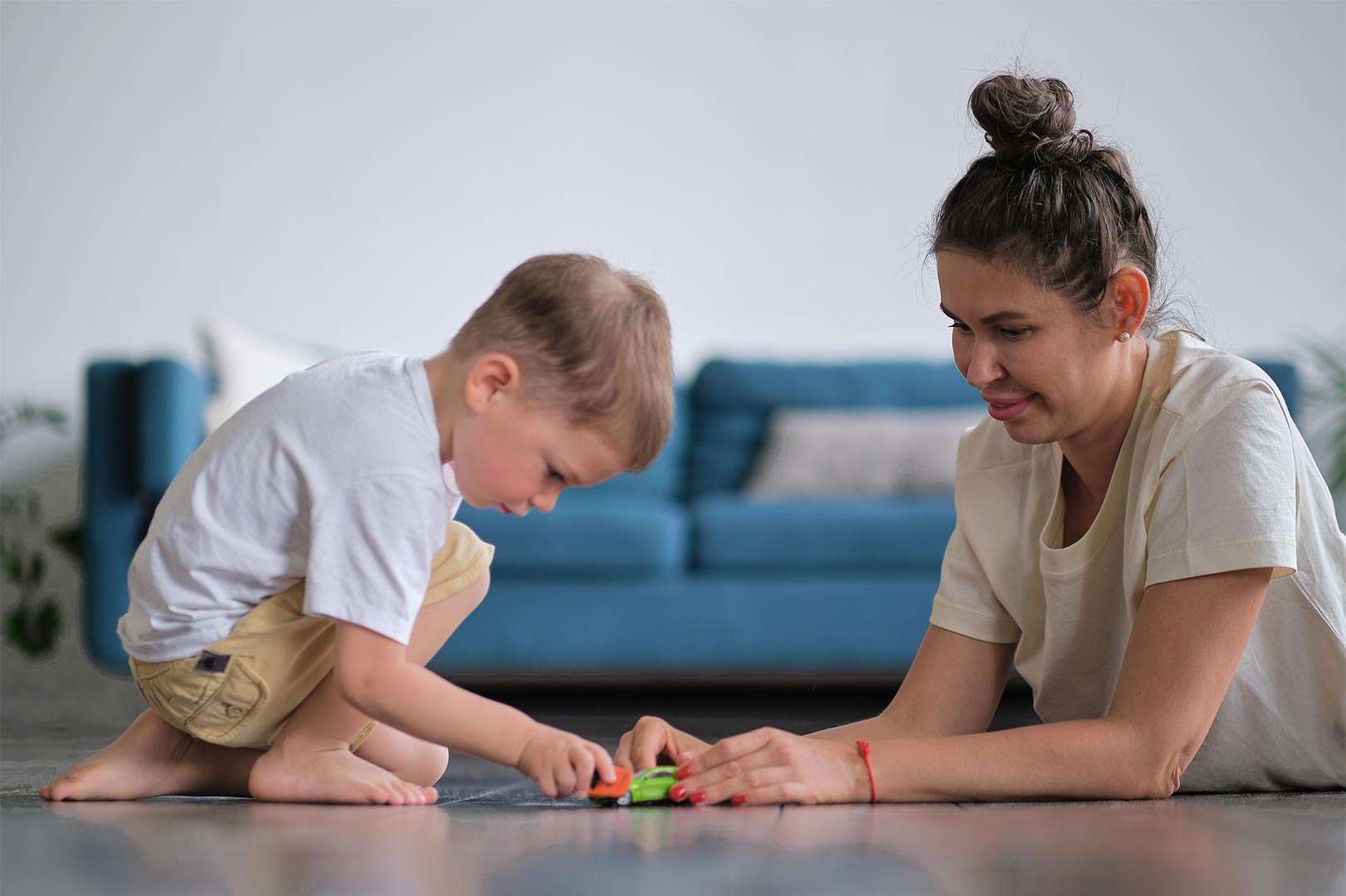From brightly colored wooden shapes to soft, chunky nesting cups, stacking toys hold an undeniable allure for young children. But beyond the giggles and wobbly towers, this seemingly simple play offers a valuable window into a toddler’s developing skills. Let’s explore the developmental milestones associated with stacking play and how parents can nurture this enriching activity.
Early Grasping and Exploration (9-12 months):
Around 9 months, most babies develop a palmar grasp, using their entire palm to clutch objects. As hand-eye coordination improves, they refine their grasp to a pincer grip, allowing for more precise manipulation of blocks. Initially, stacking may involve simply grasping and banging blocks together, exploring their textures and sounds.
Building Foundations (12-18 months):
Between 12 and 18 months, toddlers gain better control over their movements and begin to understand concepts like balance. They might attempt to stack blocks, often encountering wobbly towers and delightful crashes. These playful attempts lay the groundwork for problem-solving skills, as they learn to adjust their grip and placement to achieve stability.
Reaching New Heights (18-24 months):
By 18 months, many toddlers can confidently stack two or three blocks, gradually increasing the height of their towers as their spatial reasoning develops. They grasp the concept of cause-and-effect, understanding that releasing a block too quickly will topple the structure. The joy of building and the thrill of knocking down become a source of endless experimentation.
Creative Construction (24-36 months):
As toddlers approach 2 years old, their stacking play takes on a new dimension. They might incorporate other toys, build bridges and enclosures, and even begin to tell stories around their creations. Language skills flourish as they name colors, shapes, and their imagined structures.
Nurturing Stacking Play:
- Provide a variety of blocks: Offer different sizes, shapes, textures, and materials to pique curiosity and challenge fine motor skills.
- Model stacking techniques: Demonstrate how to balance blocks and build simple structures, encouraging imitation and experimentation.
- Engage in pretend play: Narrate the building process, create scenarios for the structures, and add toy characters to spark imaginative storytelling.
- Celebrate effort and progress: Focus on the joy of the process rather than the final product. Applaud attempts, offer gentle guidance when needed, and avoid comparisons.
Stacking blocks is more than just playtime; it’s a developmental playground where toddlers practice essential skills. By understanding the milestones associated with this activity, parents can provide supportive guidance and nurture a love for learning that will build a strong foundation for future growth.
Learn more about developmental milestones today!





Leave A Comment